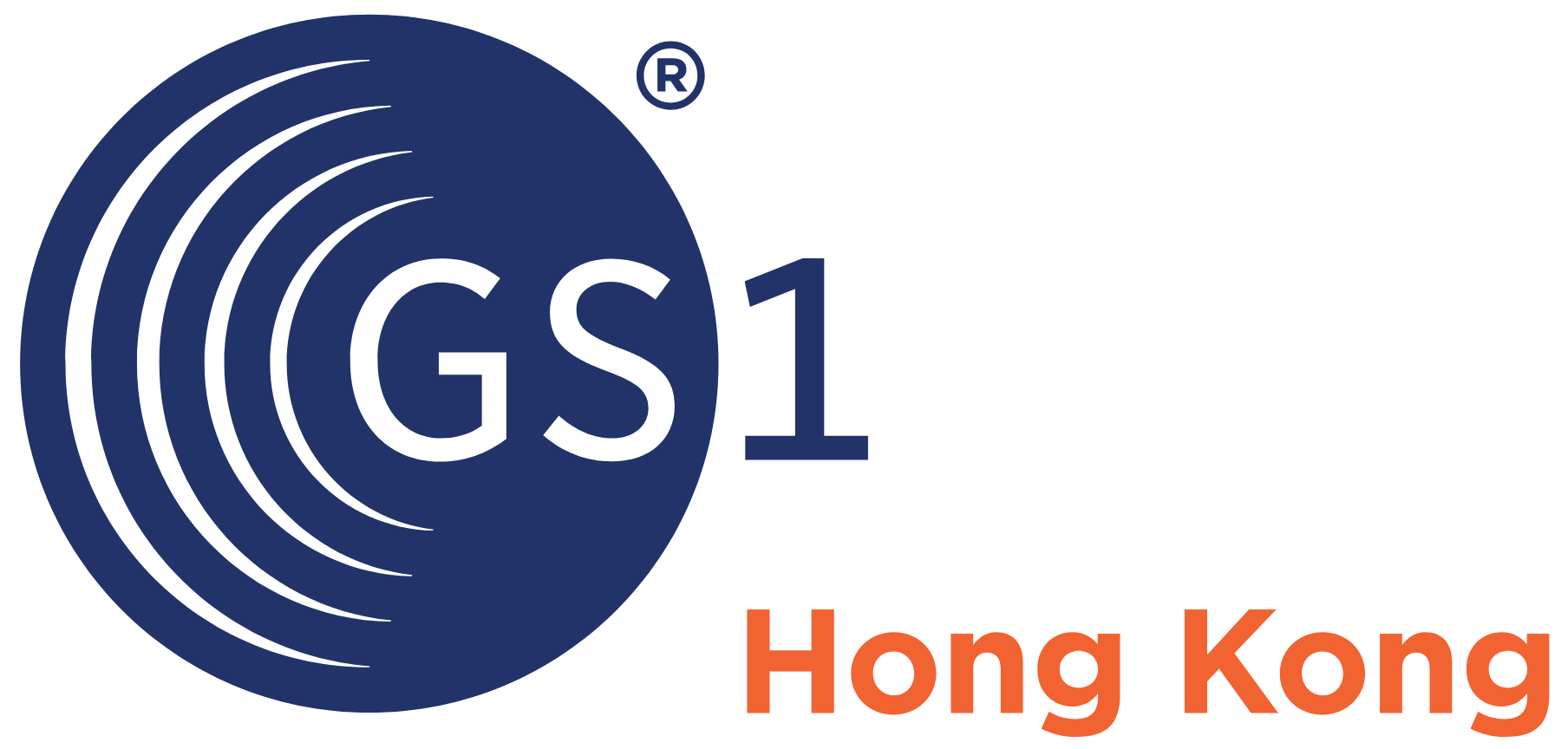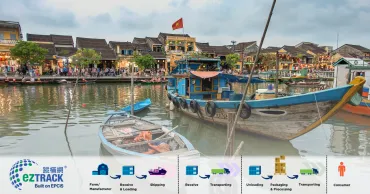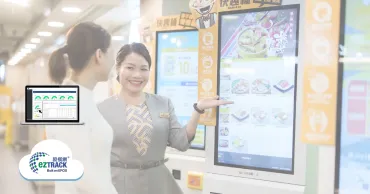
APEC GDS Pilots 2016 - 17
“We recognise that the ongoing work programme to minimise differences in standards and conformance. We look forward to further progress in the development and promotion of standards and conformance to facilitate trade and support the digital economy, including those in ICT and emerging technologies.”
-- APEC Ministers Statement on Trade Facilitation – 20 May 2017
Project Overview
Following the successful implementation of Global Data Standards (GDS) in two trade routes in 2015, a new round of pilot projects (2016 GDS Pilots) is set to further examine how the application of GDS can improve the visibility and efficiency of the supply chain.
Project Scope
The 2016 GDS Pilots are conducted to explore the benefits and costs of applying GDS at the product level, specifically:
- Fresh asparagus from Peru to the US
- Fresh and frozen durian from Malaysia to China and Hong Kong
- Tequila from Mexico to the US
Solution
Three tasks are carried out to identify the impact of GDS on each supply chain. They include:
- To conduct baseline survey to identify the existing extent of supply chain visibility.
- To determine key performance indicators (KPIs) associated with each measure of efficiency, visibility/traceability, risk management/integrity, responsiveness, collaboration, and innovation.
- To identify and evaluate the impact of GDS on each supply chain based on the submitted reports from GS1 offices.
The three pilot projects utilised GDS at several levels including Serial Global Trade Item Number (SGTIN) to each single product item, Serial Shipping Container Code (SSCC) at the carton level, Global Shipment Identification Number (GSIN) carrying the information on the entire shipment, Global Location Number (GLN) etc.
Benefits
The 2016 GDS Pilots showed how GDS can improve supply chain visibility on three different trade routes and their respective tangible benefits as follows:
1. Better tracking and sharing of relevant information to public and private stakeholders
- Asparagus pilot: savings of USD 16,500 yearly as a result of less time and resources used by exporter for searching and consolidating information from shipping processes and temperature measurement Decrease in costs for all parties involved
2. Faster and more accurate capturing of products information shortening the time required for regulatory compliance
- Asparagus pilot: reduction in truck reception time by 20% and assembly time for air dispatch by 50%.
- Tequila pilot: adoption of RFID had increased efficiency in reading speed of products contained in a pallet and reduced operating time by 30%
3. Prevent detention of products and improved exceptions management
- Time spent at customs clearance due to incomplete documentation resulting in detention. Overall, less time and effort were needed on checking product related information
4. Improvement in supply chain integrity
- Every scanned barcode including SGTIN were captured onto the EPCIS platform, providing specific information on every scanned item. The chance of fraud and counterfeit are lowered because of easier detection, still further analysis is required.






